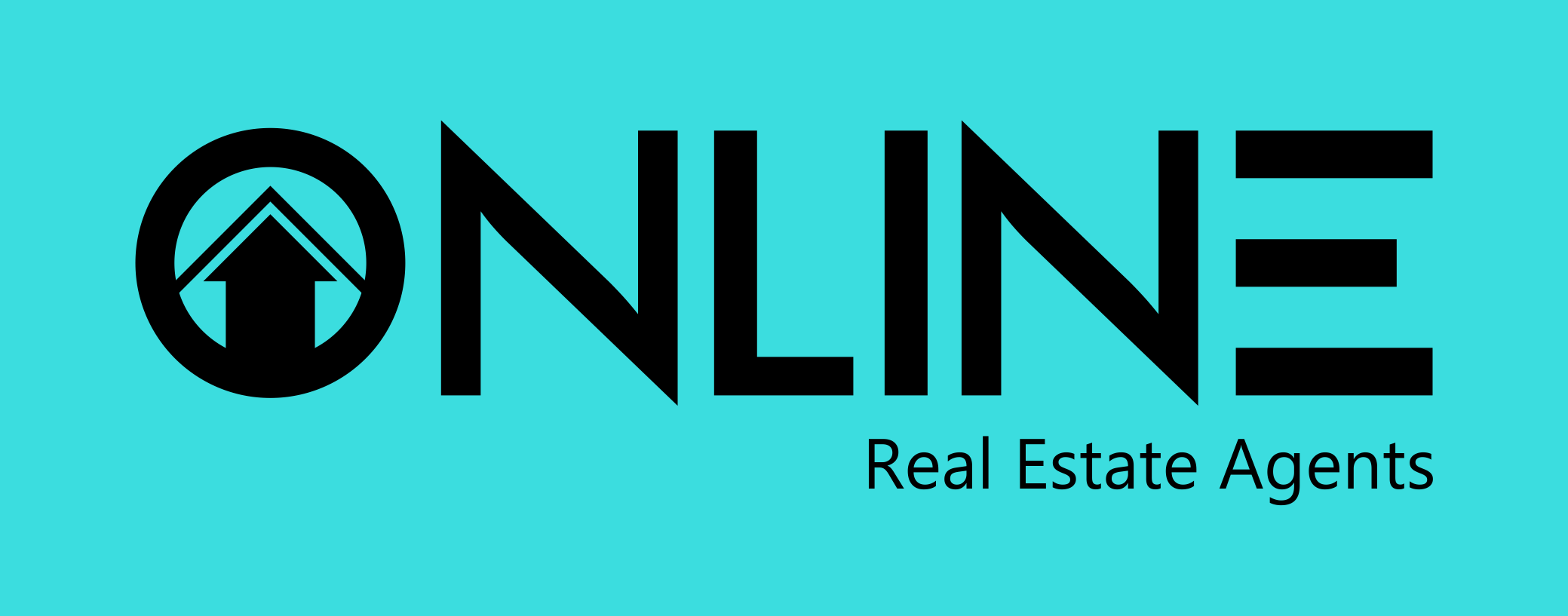Knowing how to calculate rental yield is essential when purchasing the property. Calculating rental yield will help determine whether or not your prospective purchase is financially viable.
“If you don’t calculate rental yield, you could be at risk of making an investment that isn’t as lucrative as you initially thought” advises Online Real Estate Agents Principal, Majid Mokhtari … “This is why it’s important to not only calculate your gross rental yield but also your net rental yield. Net rental yield takes into account all of the expenses associated with the property. It will give you a realistic figure of the property’s financial forecast.”
Knowing how to calculate rental yield is pretty straightforward, providing you have the right formula. So, we need to get a good grasp on the difference between gross rental yield and your net rental yield.
To help Calculate Rental Yield and understand the differences between Gross & Net Rental Yields, here are some definitions that should help you out :
-
1. What does Yield Mean?
Yield is a way of measuring what the future income on a property could potentially be. It is typically calculated annually and represented as a percentage based on the property’s current market value.
-
2. What does Gross Rental Yield Mean?
Gross Rental Yield is the income on a property before the expenses are deducted.
-
3. What does Net Rental Yield Mean?
Net Rental Yield is the income on a property after the expenses are deducted.
How to Calculate the Gross Rental Yield in 4 Easy Steps
- 1. Calculating the Gross Rental Yield is based on 2 key figures. These figures are the property’s annual rental income and the market value of the property.
- 2. To determine the property’s rental income for the year, Calculate the weekly rental return x 52 (weeks in the year)
- 3. To determine the property’s value, use the property’s current market value.
- 4.Gross Rental Yield = (Annual Rental Income / Property Value) x 100
Net Rental Yield
To calculate your net rental yield, you’ll need to calculate all of the expenses associated with the property. In doing so, you’ll need to consider such expenses as :
Property Costs To Include When Calculating Expenses
- 1.Market Value
- 2.Legal Fees
- 3.Stamp Duty
- 4.Strata Reports
- 5.Loan Costs
- 6.Building and pest inspections
Tally up all of these Property Costs to establish a Total Property Costs amount.
Ongoing Expenses to Include When Calculating Expenses
- 1.Repair and Maintenance
- 2.Strata Levies
- 3.Mortgage Interest Repayments
- 4.Insurance
- 5.Loss Of Rent
- 6.Property Management Fees
- 7.Depreciation
- 8.Council Rates
Tally all of these expenses on an annual basis to establish an Annual Expenses amount.
How to Calculate the Net Rental Yield in 4 Easy Steps
- 1. Calculating the Net Rental Yield is based on 3 key figures. These figures are the Annual Rental Income, the Total Property Costs, and its Annual Expenses.
- 2. To determine the annual rental income, Calculate the weekly rental return x 52 (weeks in the year)
- 3. When Calculating the Total Property Costs, simply add up all of the costs associated with the property.
- 4. To determine the Ongoing Expenses, add up all of the expenses on an annual basis.
- 5.Net Rental Yield = [(Annual Rental Income – Annual Expenses) / Total Property Cost] x 100
By keeping your annual expenses to a minimum, you will get a better return on your investment. By monitoring your annual expenses, you’ll have a more favorable outcome when you calculate rental yield.
Quote provided by
Majid Mokhtari
0400 657 657
Majid@onlinerealestateagents.com.au

